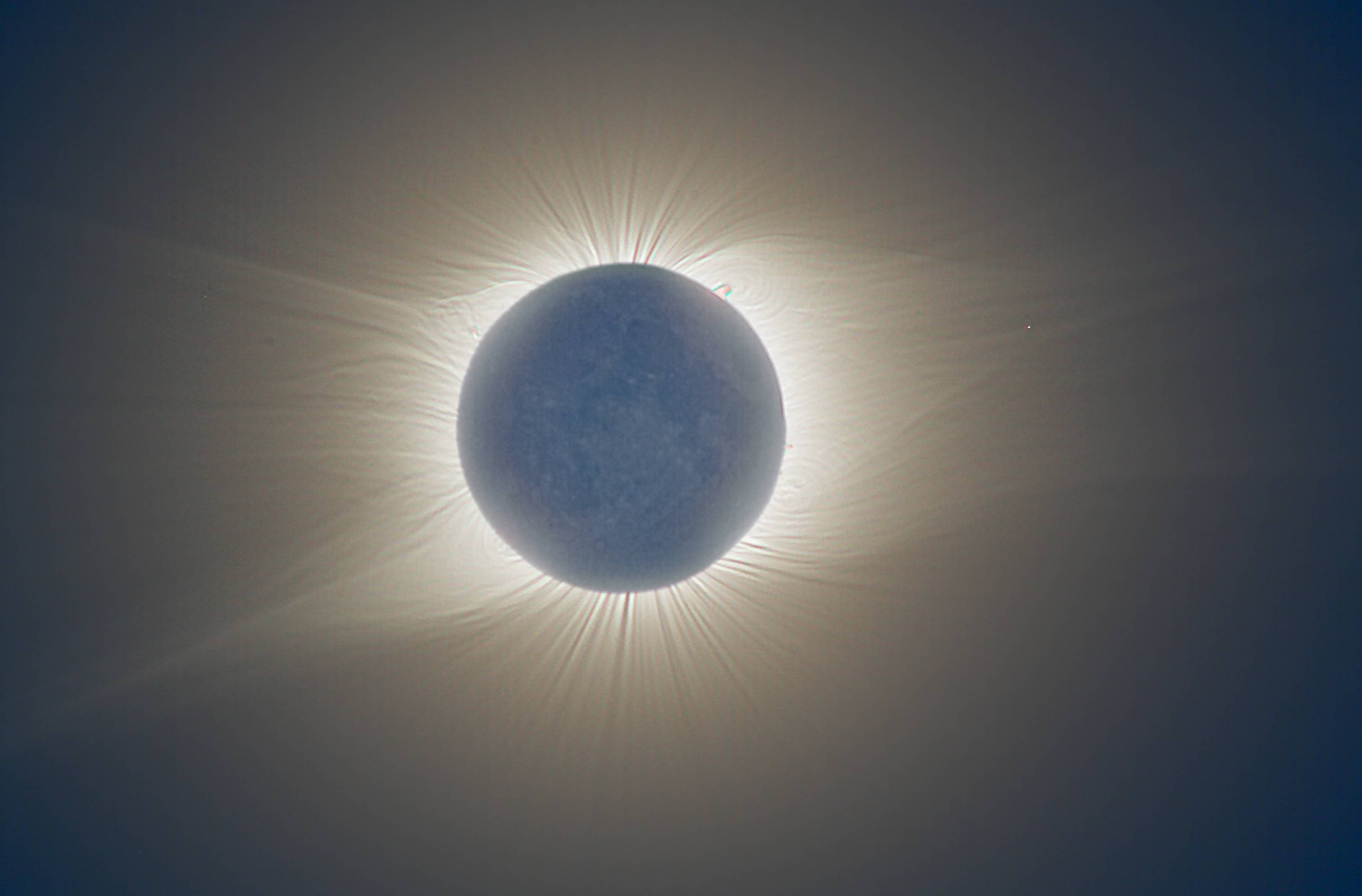

The plasma at the bottom of the convective zone is extremely hot, and it bubbles to the surface where it loses its heat to space. It is a thick layer approximately 200,000 kilometers deep that transports energy from the edge of the radiative zone to the surface through giant convection cells, similar to a pot of boiling oatmeal. The convective zone is the outermost layer of the solar interior. The light generated in the core is transported through the radiative zone very slowly, since the high density of matter in this region means a photon cannot travel too far without encountering a particle, causing it to change direction and lose some energy. This region starts at about 25% of the distance to the solar surface and extends up to about 70% of the way to the surface. The core is approximately 20% of the size of the solar interior and is thought to have a temperature of approximately 15 million K, making it the hottest part of the Sun.Ībove the core is a region known as the radiative zone-named for the primary mode of transporting energy across it. Inside the core, nuclear energy is being released (in ways we will discuss in The Sun: A Nuclear Powerhouse). The Sun’s core is extremely dense and is the source of all of its energy. We will begin with the core and work our way out through the layers. The Sun’s layers are different from each other, and each plays a part in producing the energy that the Sun ultimately emits. (credit: modification of work by NASA/Goddard) Some typical features in the atmosphere are shown, such as coronal holes and prominences. The parts of the atmosphere are also labeled the photosphere, chromosphere, and corona. This illustration shows the different parts of the Sun, from the hot core where the energy is generated through regions where energy is transported outward, first by radiation, then by convection, and then out through the solar atmosphere. The Layers of the Sun beneath the Visible Surfaceįigure 15.4 shows what the Sun would look like if we could see all parts of it from the center to its outer atmosphere the terms in the figure will become familiar to you as you read on.įigure 15.4 Parts of the Sun. This is how we first discovered that the Sun’s atmosphere had a temperature of more than a million degrees. It was not until 60 years later that astronomers discovered that this emission was in fact due to highly ionized iron-iron with 13 of its electrons stripped off. In the nineteenth century, scientists observed a spectral line at 530.3 nanometers in the Sun’s outer atmosphere, called the corona (a layer we will discuss in a minute.) This line had never been seen before, and so it was assumed that this line was the result of a new element found in the corona, quickly named coronium. (Scientists call such a hot ionized gas a plasma.)
Are x rays from the sun corona quizlet free#
This removal of electrons from their atoms means that there is a large quantity of free electrons and positively charged ions in the Sun, making it an electrically charged environment-quite different from the neutral one in which you are reading this text. In fact, the Sun is so hot that many of the atoms in it are ionized, that is, stripped of one or more of their electrons.

Most of the elements found in the Sun are in the form of atoms, with a small number of molecules, all in the form of gases: the Sun is so hot that no matter can survive as a liquid or a solid. (And, as we will see, the composition of the Sun and the stars is much more typical of the makeup of the universe than the odd concentration of heavier elements that characterizes our planet.) It was 3 years after her thesis that other studies proved beyond a doubt that the enormous abundance of hydrogen and helium in the Sun is indeed real. (credit: Smithsonian Institution)īefore Payne-Gaposchkin’s work, everyone assumed that the composition of the Sun and stars would be much like that of Earth. Yet, being a woman, she was not given a formal appointment at Harvard, where she worked, until 1938 and was not appointed a professor until 1956. Her 1925 doctoral thesis laid the foundations for understanding the composition of the Sun and the stars. Sunspots and Doppler shift in spectra taken at the edge of the Sunįigure 15.3 Cecilia Payne-Gaposchkin (1900–1979). Solar constant × area of spherical surface 1 AU in radiusĭerived from luminosity and radius of the Sun Instrument sensitive to radiation at all wavelengths Gravitational acceleration at photosphere (surface gravity) Characteristics of the Sun Characteristic


 0 kommentar(er)
0 kommentar(er)
